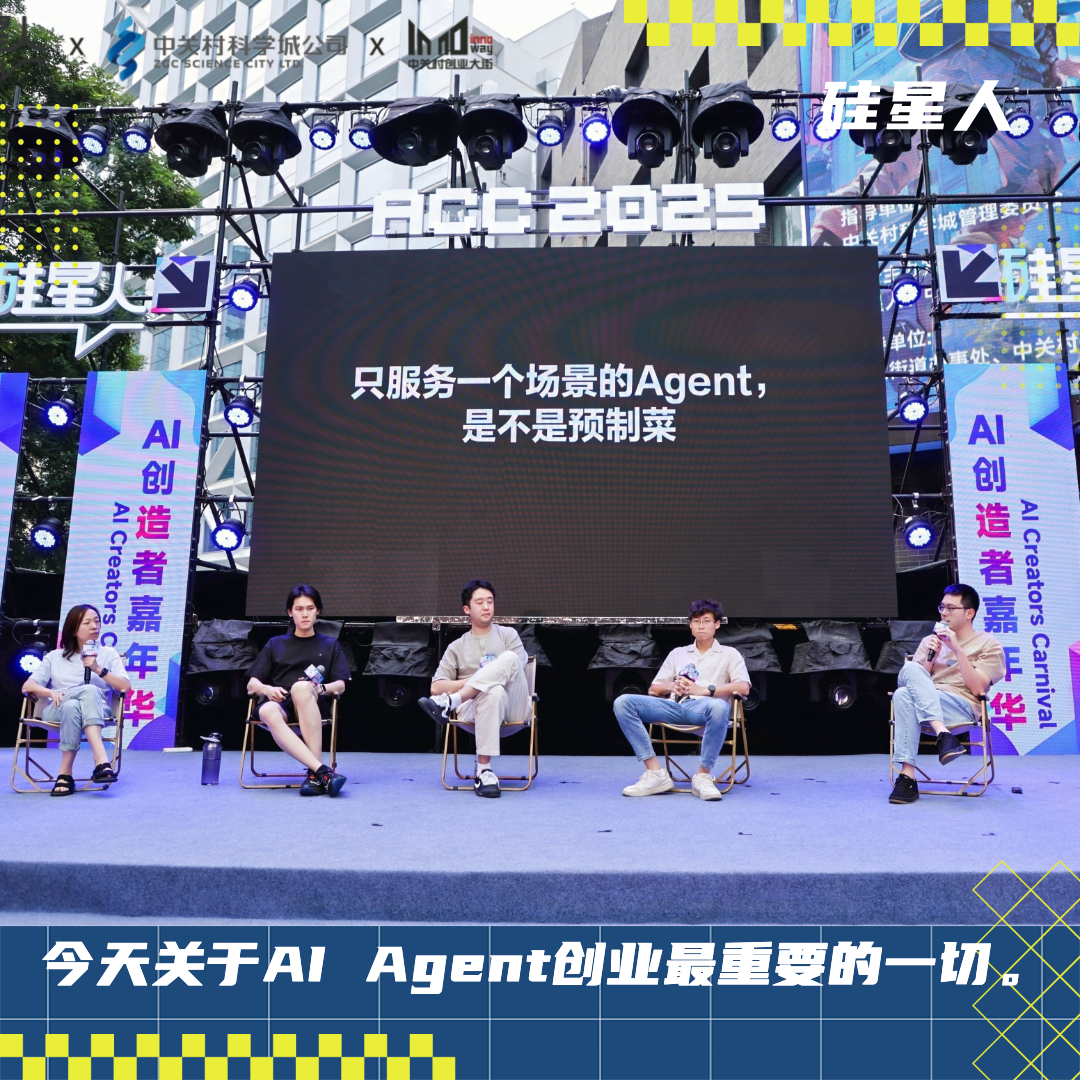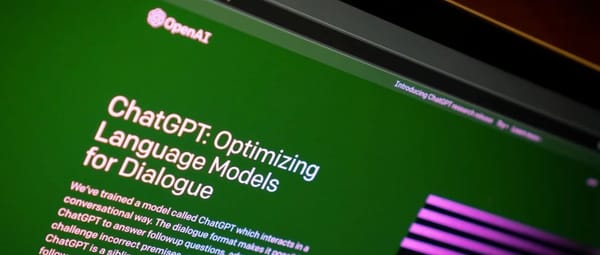Four Leading Agent Company Founders Debate: Less Talk of "General" Benefits Everyone

AI Creators Carnival: The "Agent" Debate

During the AI Creators Carnival, five founders and partners—Zhai Xingji (Yuhe Technology), GuaiZi (Flowith), Chen Kaijie (Macaron), Lai Yunqi (RockFlow), and Wang Zhaoyang (Silicon Zeren)—engaged in an in‑person debate about AI Agent entrepreneurship.
The conversation—captured below—spanned misconceptions, product positioning, tech strategies, and the "general vs. vertical" Agent divide.
---
Common Misconceptions About AI Agents
Definitions: General vs. Vertical
- Wang Zhaoyang: The "general vs. vertical" debate is common, but it starts with defining what an Agent is.
- Chen Kaijie: A "Personal Agent" is already narrower than ChatGPT.
- Zhai Xingji: Macaron feels vertical.
- GuaiZi: Flowith is a creative Agent.
- Wang Zhaoyang: Founders often start with what they want to build; only later do they think about general vs. vertical positioning.
---
Chen Kaijie’s Perspective
- Problem:
- Productivity issues are largely solved by AI.
- Everyday life needs—context understanding, lightweight tools—aren’t being met.
- Solution:
- Add memory so the AI understands you better.
- Offer small tools (e.g., weight tracking) instead of relying solely on chat interfaces.
> _"We wanted to solve real-life user problems. Everyone wishes they had a personal assistant that knows their preferences."_
---
GuaiZi’s Perspective (Flowith)
- First Agent: Oracle (AI for DeepWork, Aug 2023).
- Target audience: Journalists, creators, product designers.
- Focus: creation—images, text, video, code.
- Avoid calling it “General Agent” to reduce user confusion.
---
Vertical Commitment: Zhai Xingji (Yuhe Technology)
- Defined as vertical from the start (B2B productivity tools).
- Reasoning:
- Future: each employee has a vertical Agent tailored to their role.
- Focus: do one thing deeply—specialize to accumulate role-specific know‑how and data.
- Execution: engineer or model with deliverable, role-specific results.
---
Key Market Insight
- General vs. vertical framing often masks competition avoidance.
- Competing in general scenarios risks going head‑on with giants like ChatGPT.
- Founders must ask: If solving problems similar to ChatGPT—what’s different or better in our solution?
---
Agents vs. Evolving Models
Topic: Will stronger models “swallow” Agents?
- GuaiZi: Models may gain Agent-like abilities, but the market opportunity remains huge.
- Users care about problem‑solving, not labels.
- Agents improve UX by delivering ready‑to‑use outputs (PPTs, videos, multi‑modal results).
---
💡 Note: Platforms like AiToEarn官网 illustrate how Agents and AI models can connect to real monetization—providing open-source, multi‑platform publishing, analytics, and AI model rankings (AI模型排名).
---
Context-Driven Agent Design
- Chen Kaijie: Context can come from lifestyle habits—diet logs, photo albums—rich but underutilized.
- Observation: Models differ widely via reinforcement learning:
- Anthropic/Claude excels at code.
- OpenAI/GPT better at general Q&A and emotional support.
- Conclusion: "General purpose" is less meaningful; differentiate by coverage and focus domain.
---
Scenario-Specific Agents: “Pre‑Made” Products?
RockFlow Case (Finance)
- Highly vertical in investment/trading.
- Integrates context across domains (e.g., health data affecting trading decisions).
- Philosophy: solve user’s specific problem, not fit a label.
---
Industry Mindsets & Personalization
- Investment preferences are personal—personalized trading opportunities are the real product.
- Emotional engagement can be valuable (e.g., encouraging user choices).
- In finance, user trust and ROI matter more than emotional value alone.
---
Product Evolution: RockFlow → Bobby
- Goal: simpler, conversational trading.
- Milestones:
- Recognize complexity in existing tools.
- Shift to natural-language Agents.
- Deliver entirely via dialogue—decisions + execution.
---
Infinite Canvas & Product "Taste"
- Flowith pioneered freeform canvas interaction.
- Philosophy: human thought is multi-threaded; AI interaction should be too.
- Canvas allows grouping, chaining, and mixing tools/Agents flexibly.
- Taste reflects team DNA—design and UX matter, especially for younger AI users.
---
Technical Layers & Strategy
1. Content Parsing Ability
- Parse PPTs, flowcharts, multi‑modal data into usable structures.
- High‑accuracy scenarios require deep parsing logic.
2. Context Management
- Recognize coherent vs. disconnected context.
- Pre‑define algorithms for info construction.
3. Workflow Tools
- MCP-like encapsulation of proven processes for scenarios.
- Generalize where possible; otherwise, build scenario-specific packages.
---
Context Engineering vs. Reinforcement Learning
- Context Engineering: Fast iteration but prone to "seesaw effect."
- Reinforcement Learning (RL): Clear metric optimization, slower iteration, harder technically.
---
AGI Perspectives
- Many participants feel AGI is already here in practical terms.
- Focus should be on how to use AGI now for domain-specific problem-solving.
- Technology will evolve; product builders should deliver value today.
---
Final Principle: Align Tech to Scenario
- Abstract scenario requirements.
- Identify critical problems.
- Match problems to optimal technical methods.
- Deliver user value with current tech—don’t wait for future breakthroughs.
---
📌 Related Resource
For creators integrating AI Agents into content workflows, AiToEarn官网 offers:
- AI-powered content generation
- Multi-platform publishing (Douyin, Kwai, WeChat, Bilibili, Xiaohongshu, Facebook, Instagram, LinkedIn, Threads, YouTube, Pinterest, X)
- Analytics + Model Rankings (AI模型排名)
- Open-source tools (AiToEarn文档)
---
Next Step Suggestion
Would you like me to prepare a condensed executive summary of this discussion?
It would highlight the main viewpoints and actionable insights for faster reading and sharing.


